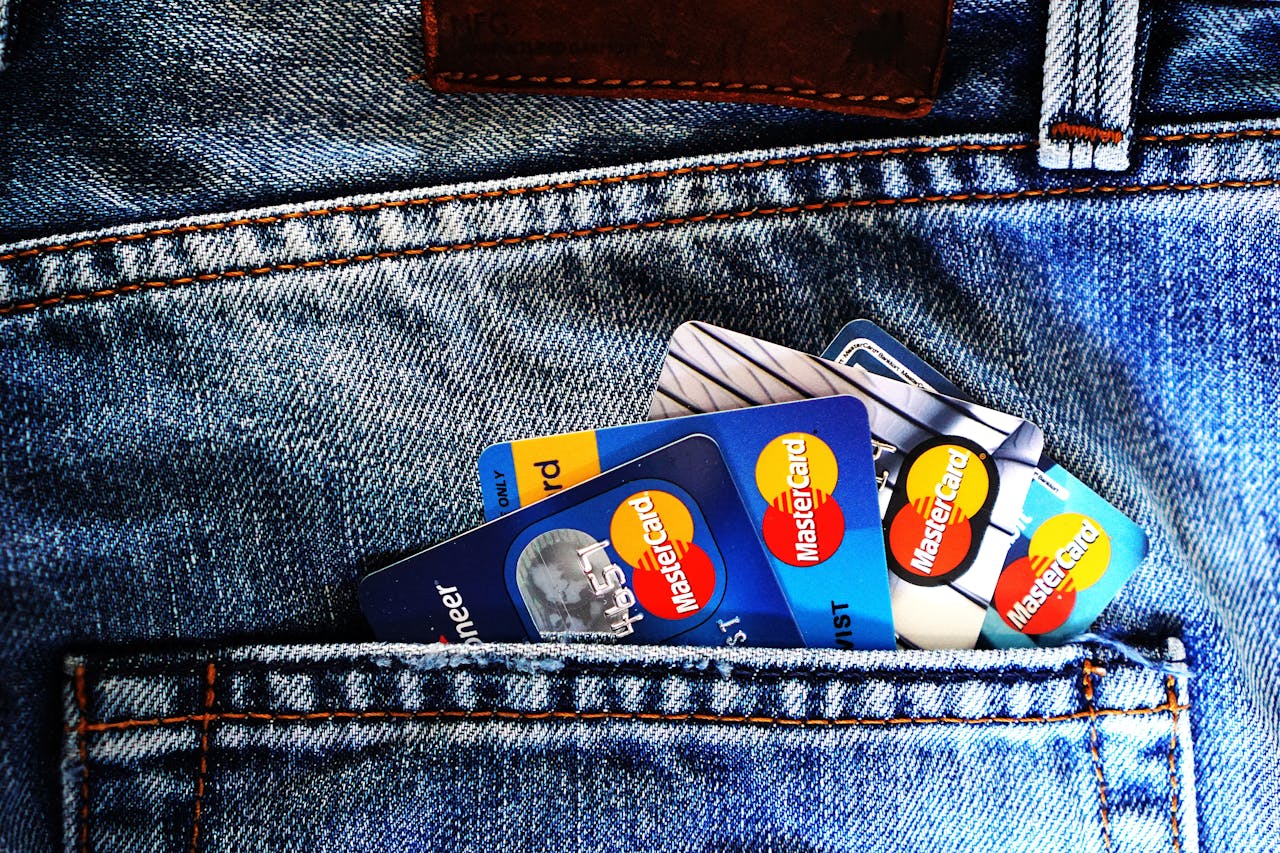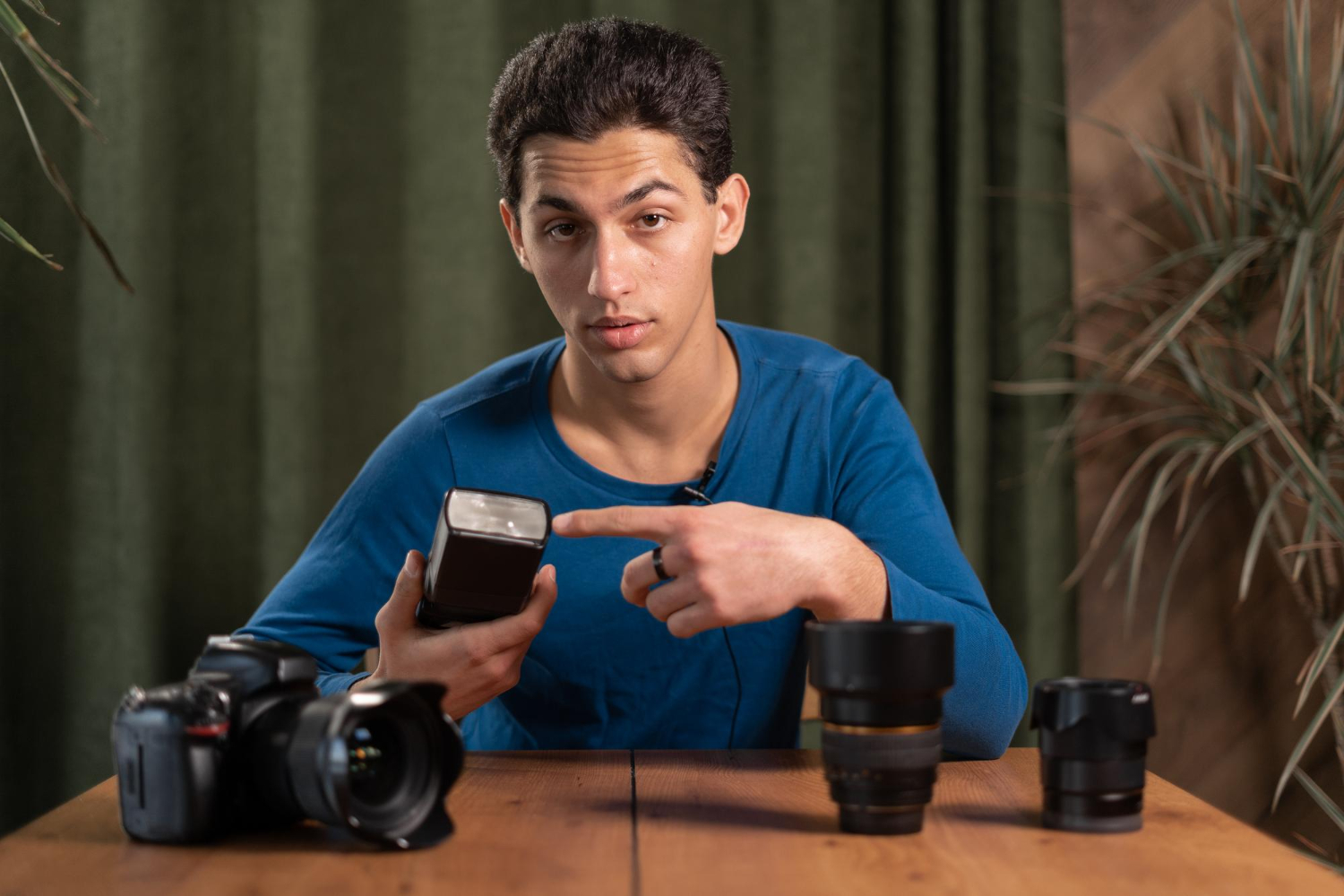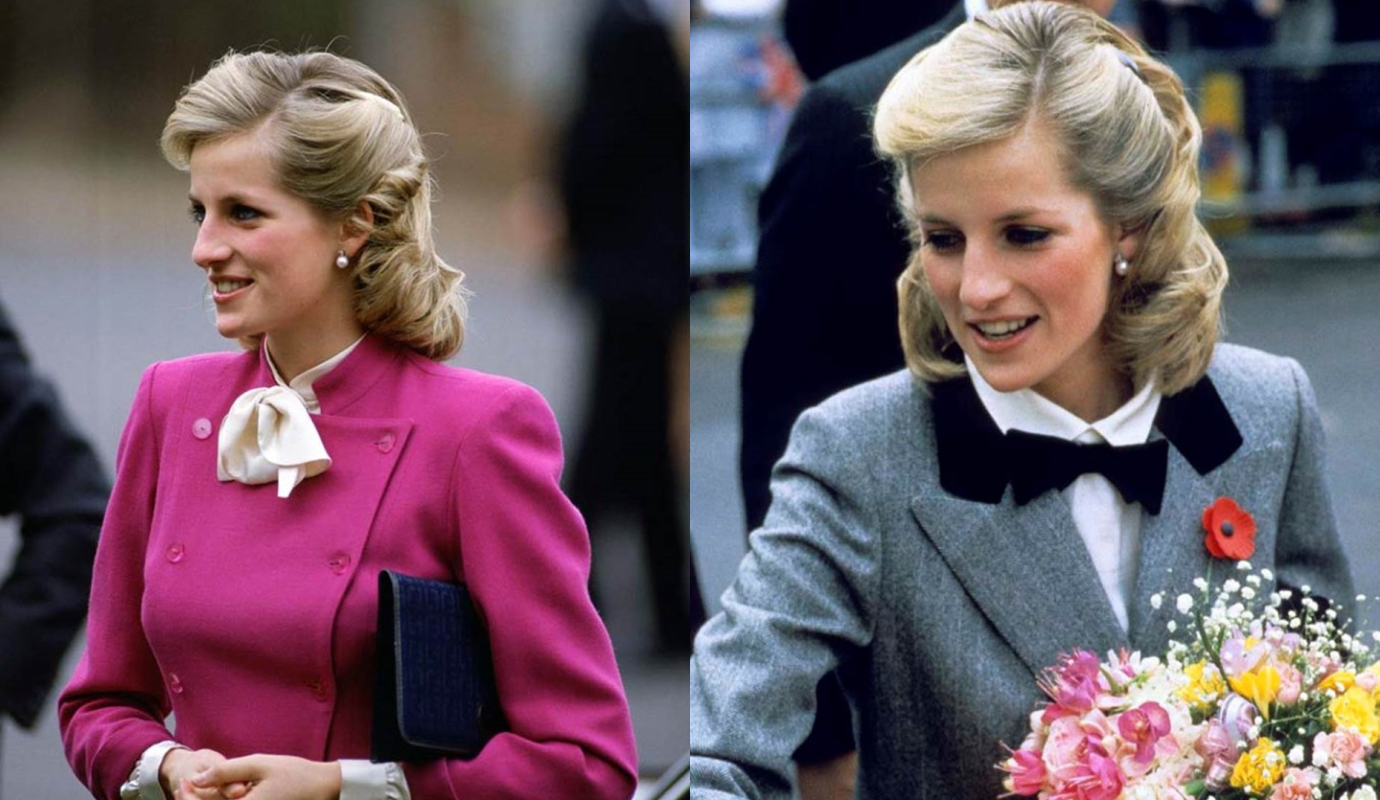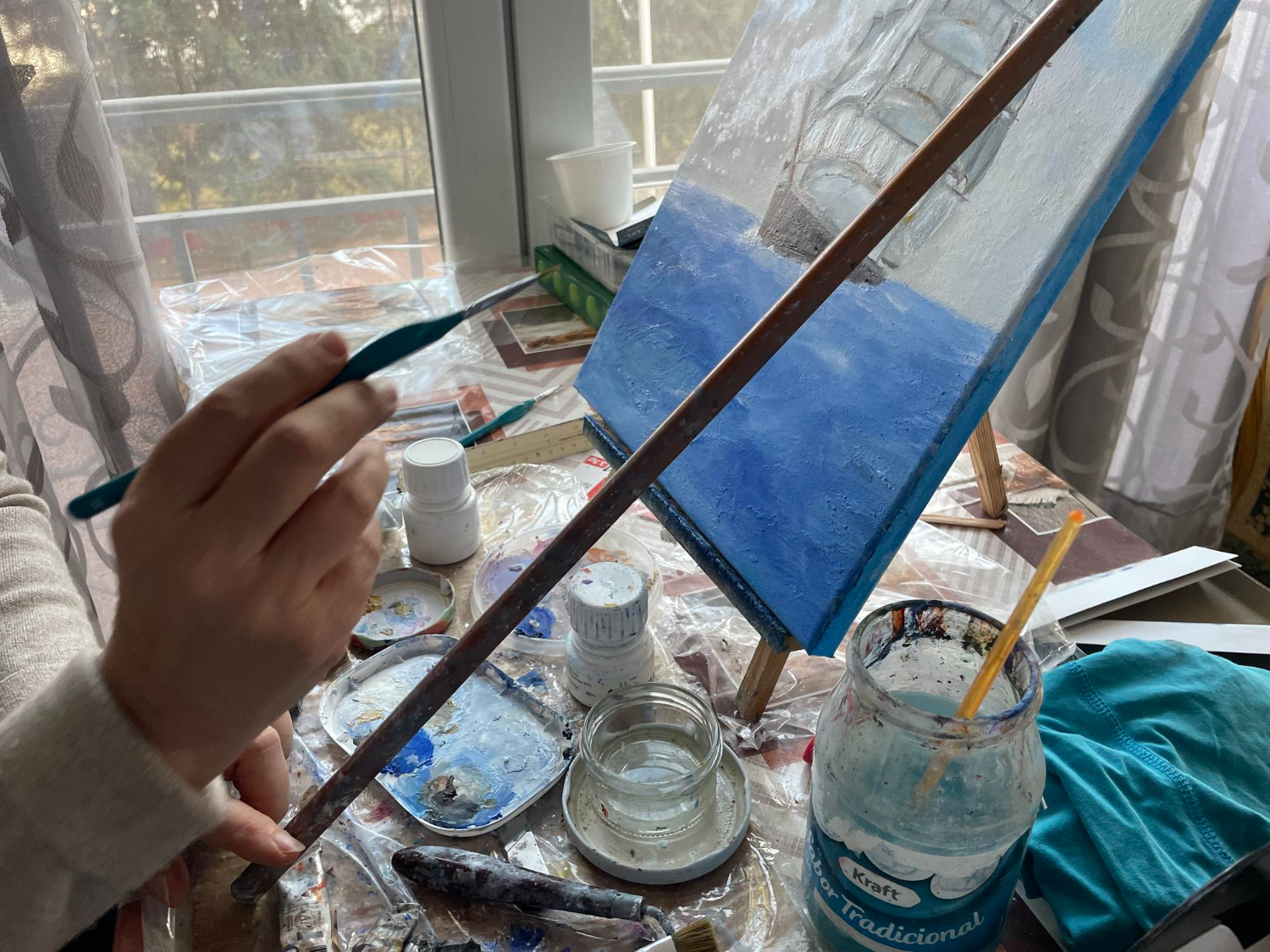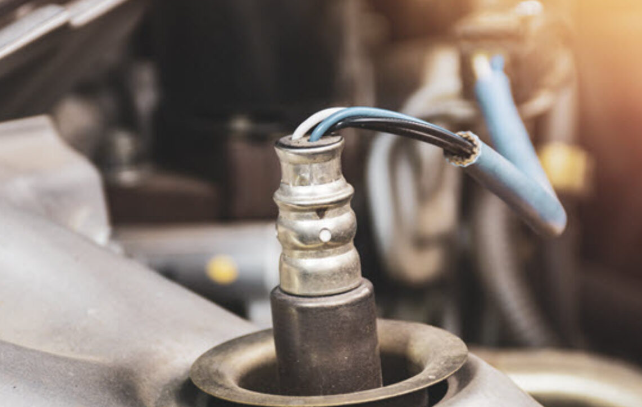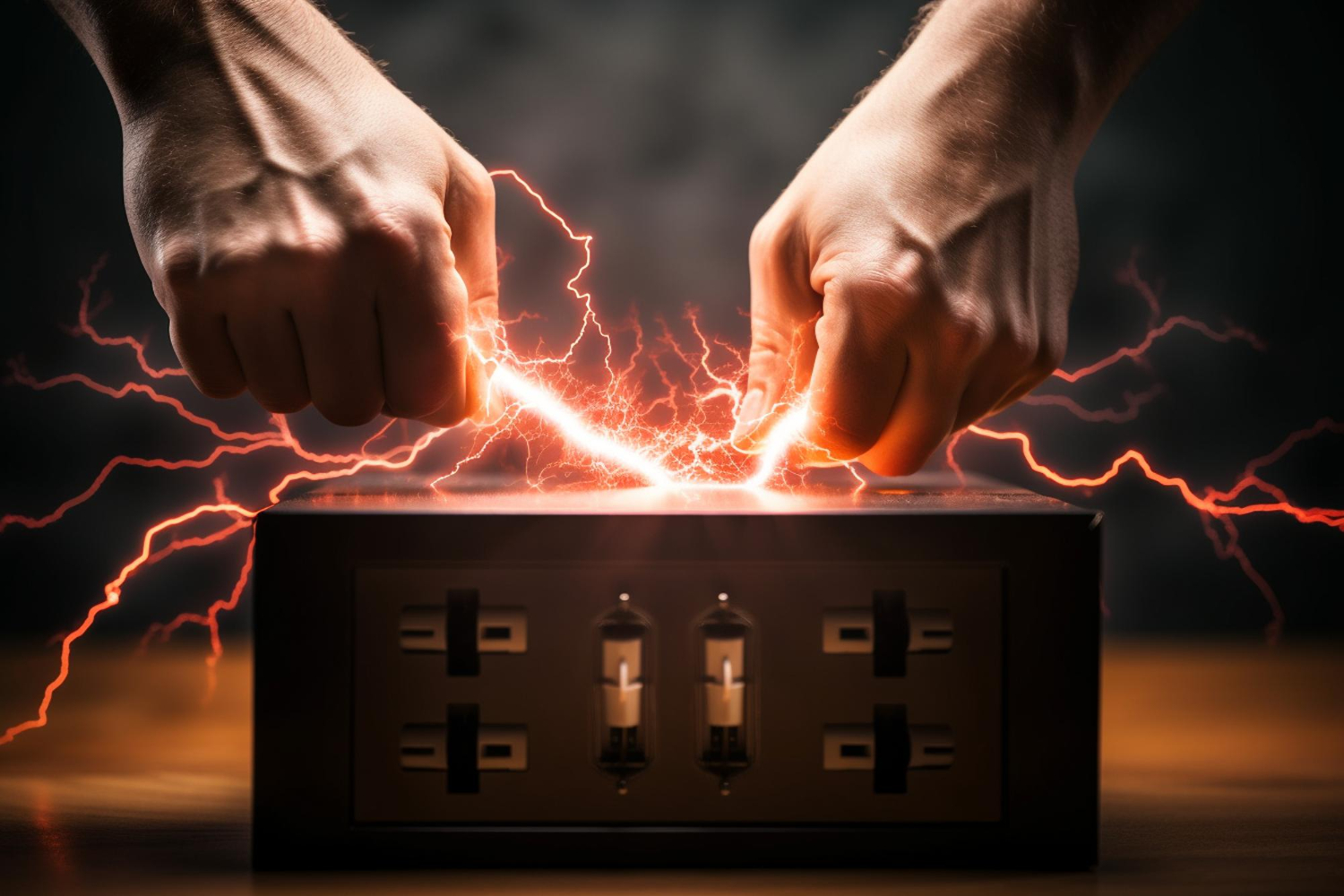If you own a Mamiya 645, you know how important it is to have the right strap. Not only does it aid in carrying your camera comfortably, but it also ensures that your valuable equipment stays secure while you’re out and about.
In this guide, we’ll explore various strap options for the Mamiya 645, from OEM straps to aftermarket alternatives, and offer tips on how to select the best one for your needs.
Whether you’re a seasoned photographer or just starting out, this post will help you make an informed choice. We’ll cover everything from comfort and durability to style and functionality. By the end of this article, you’ll be equipped with all the information you need to choose the perfect strap for your Mamiya 645.
Brief Introduction to Mamiya 645
The Mamiya 645 is a medium format film camera that has garnered a devoted following among photographers for its excellent build quality and impressive image results. Its versatility makes it ideal for a range of photographic styles, from portraits to landscapes. However, its substantial weight means that choosing the right strap is crucial for comfort and ease of use.
Importance of Choosing the Right Strap for Comfort and Usability
When you’re out shooting for hours, the last thing you want is neck pain or shoulder strain. The right strap can make a world of difference. It distributes the camera’s weight evenly, reducing discomfort and allowing you to focus on capturing those perfect shots. Additionally, a good strap will keep your camera secure, preventing accidental drops that could lead to expensive repairs.
What Strap Can I Use for Mamiya 645?
The Original Mamiya Straps
Mamiya offers a range of original straps designed specifically for their cameras. These OEM (Original Equipment Manufacturer) straps are engineered to fit the Mamiya 645 perfectly.
Description of Different OEM Straps
The original Mamiya straps come in various styles, each with its unique features:
- Fabric with Rubber Pad: This strap offers a blend of comfort and durability. The rubber pad provides additional cushioning, making it easier to carry the camera for extended periods.
- Fabric with Suede Lining: Known for its luxurious feel, the suede lining adds an extra layer of comfort. This strap is particularly good for those who prefer neck carrying.
- Webbing/Fabric Only: The simplest of the OEM options, this strap is sturdy and reliable. It doesn’t offer as much cushioning but is lightweight and easy to manage.
Pros and Cons of Each
- Fabric with Rubber Pad:
- Pros: Comfortable, durable, good weight distribution.
- Cons: Can be bulky, rubber may wear over time.
- Fabric with Suede Lining:
- Pros: Extremely comfortable, stylish.
- Cons: Suede can be less durable, higher maintenance.
- Webbing/Fabric Only:
- Pros: Lightweight, simple design, durable.
- Cons: Less cushioning, might cause neck irritation over time.
Aftermarket Straps
If the original Mamiya straps don’t suit your needs, there are numerous aftermarket options available that offer great compatibility and a range of features.
Popular Aftermarket Brands and Types
Some of the most popular aftermarket brands include Peak Design, Op/Tech, and BlackRapid. These brands offer a variety of strap styles to suit different preferences.
- Peak Design: Known for their innovative designs and high-quality materials, Peak Design straps are a favorite among photographers. They offer features like quick-release mechanisms and adjustable lengths.
- Op/Tech: Op/Tech straps are praised for their comfort and affordability. They use neoprene padding, which provides excellent cushioning.
- BlackRapid: BlackRapid straps are designed for quick access to your camera. They are ideal for street photography and active shoots.
Compatibility with Mamiya 645’s Lug System
Most aftermarket straps are compatible with the Mamiya 645’s lug system. However, it’s essential to check the specifications to ensure a proper fit. Some straps may require additional attachments or modifications to work seamlessly with the Mamiya 645.
Pros and Cons of Aftermarket Straps
- Peak Design:
- Pros: Innovative features, high-quality materials, versatile.
- Cons: Higher price point, may require adapters.
- Op/Tech:
- Pros: Comfortable, affordable, wide range of options.
- Cons: Neoprene can wear out over time, less stylish.
- BlackRapid:
- Pros: Quick access, great for active photography.
- Cons: Learning curve for use, can be bulky.
Factors to Consider When Choosing a Strap
Comfort
Comfort is paramount when choosing a camera strap. A strap that digs into your neck or shoulders can make long shoots unbearable.
Why Comfort Matters
A comfortable strap allows you to focus on your photography without being distracted by discomfort. It also helps prevent long-term strain and injuries.
Strap Materials and Padding Options
Look for straps with sufficient padding and made from soft materials like neoprene, suede, or leather. These materials provide cushioning and reduce pressure points.
Neck vs. Shoulder Carrying
Decide whether you prefer a neck strap or a shoulder strap. Neck straps are more traditional, but shoulder straps can distribute weight more evenly and reduce neck strain.
Durability
Your camera strap should be able to withstand the rigors of regular use without fraying or breaking.
Material Strength and Longevity
Choose straps made from strong, durable materials like nylon, leather, or reinforced fabric. These materials are less likely to wear out quickly.
Stitching Quality and Hardware
Examine the stitching and hardware of the strap. High-quality stitching and robust hardware ensure the strap can handle the weight of the Mamiya 645 without breaking.
Flexibility and Adjustability
A flexible and adjustable strap allows you to customize the fit to your body and shooting style.
Length Adjustments
Look for straps that offer easy length adjustments. This feature allows you to switch between different carrying styles quickly.
Quick-release Mechanisms
Quick-release mechanisms make it easy to attach and detach your camera from the strap. This is particularly useful for photographers who need to set up their cameras on tripods frequently.
Aesthetic Appeal
While functionality is crucial, the strap should also match your style.
Matching Strap Style with Personal Preference
Choose a strap that reflects your personal style. Whether you prefer a sleek, modern look or a vintage aesthetic, there’s a strap out there for you.
Color and Design Options
Many straps come in various colors and designs. Pick one that complements your camera and fits your overall aesthetic.
Step-by-Step Guide to Attaching a Strap to Mamiya 645
Identifying the Lug Type
Before attaching a strap, you need to identify the type of lugs on your Mamiya 645.
How to Determine the Size and Type of Lugs
Check the camera’s manual or online resources to identify the size and type of lugs. This information will help you choose a compatible strap.
Where to Purchase Extra Lugs
If you need extra lugs, they can be purchased from camera stores or online retailers specializing in camera accessories.
Attaching OEM Straps
Follow these steps to attach an OEM strap to your Mamiya 645:
- Thread the Strap Through the Lug: Start by threading the strap through the camera’s lug.
- Secure the Strap: Attach the strap securely, ensuring it won’t come loose.
- Test for Stability: Give the strap a gentle tug to make sure it’s firmly attached.
Attaching Aftermarket Straps
Here’s how to attach an aftermarket strap to your Mamiya 645:
- Check Compatibility: Ensure the aftermarket strap is compatible with your camera’s lugs.
- Attach Adapters if Needed: If the strap requires adapters, attach them first.
- Secure the Strap: Follow the manufacturer’s instructions to secure the strap properly.
Common Issues and How to Solve Them
Neck Irritation
Neck irritation can be a common issue with camera straps.
Solutions for Reducing Discomfort
Choose a strap with ample padding or consider using a shoulder strap to distribute the weight more evenly.
Recommended Materials for Sensitive Skin
Opt for straps made from soft materials like neoprene or suede, which are less likely to irritate the skin.
Weight Distribution
Proper weight distribution is essential for comfort.
Tips for Handling the Camera’s Weight
Adjust the strap length to distribute the camera’s weight evenly across your body.
Best Practices for Shoulder Carrying
When carrying the camera on your shoulder, use a strap with a non-slip pad to prevent it from sliding off.
User Testimonials and Reddit Insights
Real User Experiences from Reddit
Reddit users often share their experiences with different camera straps. One user mentioned, “I switched to a Peak Design strap, and it made a world of difference. The padding is excellent, and it’s so easy to adjust.”
Summary of Top Reddit Discussions
Reddit discussions reveal that many Mamiya 645 users prefer aftermarket straps for their comfort and versatility.
Practical Advice from Other Mamiya 645 Users
Experienced users recommend trying different straps to find the one that fits your needs best. They also suggest reading reviews and seeking advice from fellow photographers.
Conclusion
Choosing the right strap for your Mamiya 645 is essential for comfort, usability, and style. Whether you opt for an OEM strap or an aftermarket alternative, make sure it meets your needs in terms of comfort, durability, flexibility, and aesthetics. By following the tips and insights shared in this guide, you can find the perfect strap to enhance your shooting experience.
Feel free to share your favorites and suggestions in the comments below. Happy shooting!
FAQs
What Mount is the Mamiya 645?
The Mamiya 645 uses a proprietary bayonet mount designed specifically for its medium format lenses.
How Old is the Mamiya 645?
The Mamiya 645 was first released in 1975. Since then, several versions have been introduced, each with improvements and new features.
What is the Difference Between Mamiya 645 and 645 1000s?
The Mamiya 645 1000s features a higher shutter speed of up to 1/1000th of a second, compared to the original 645’s 1/500th of a second.
What Type of Shutter is a Mamiya 645?
The Mamiya 645 uses a vertical-travel, metal focal-plane shutter, known for its durability and precision.




